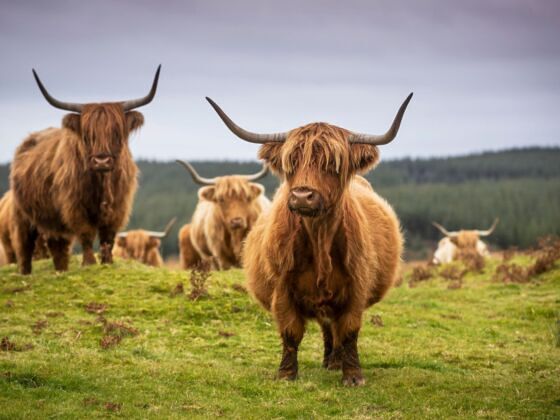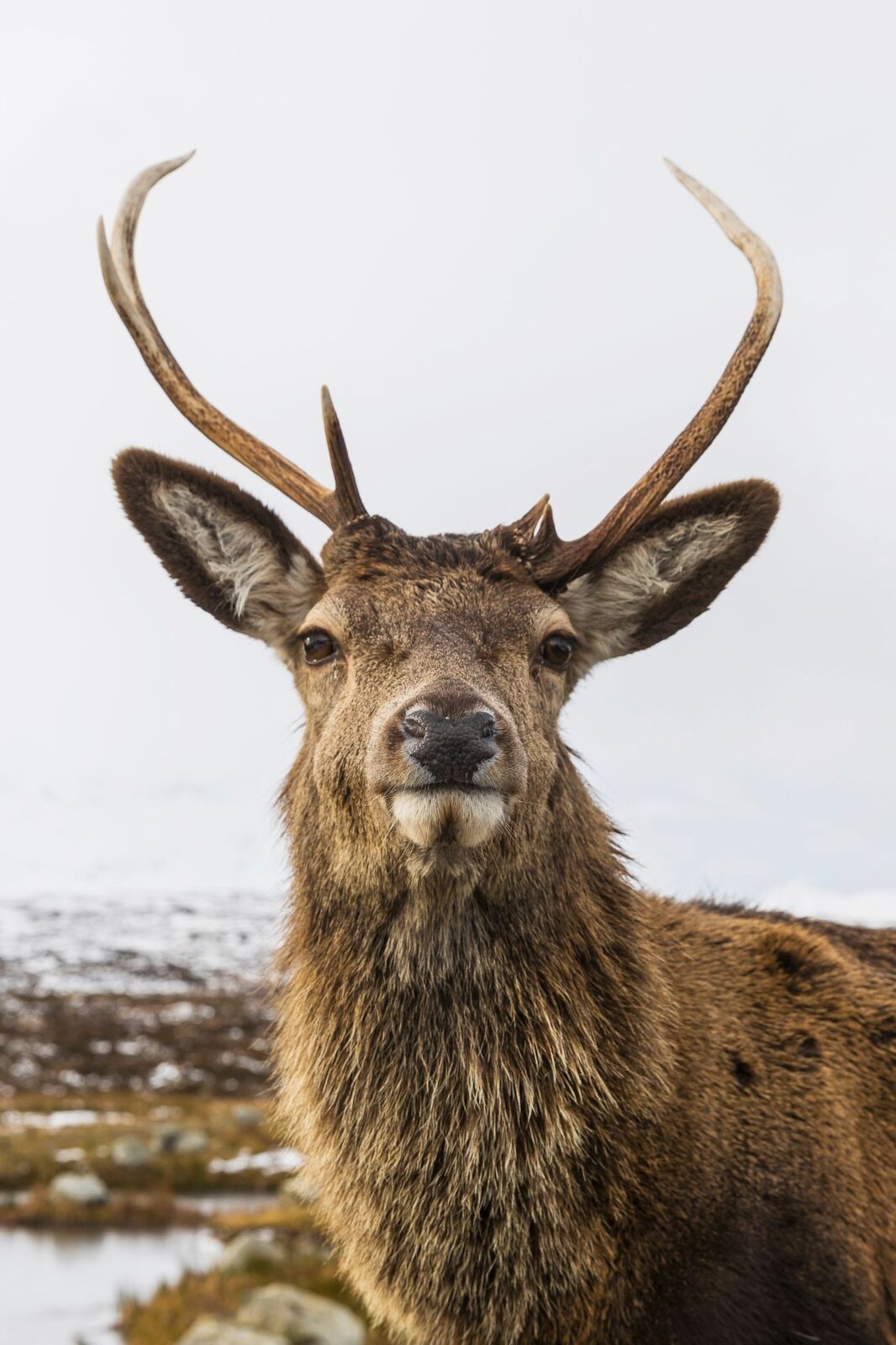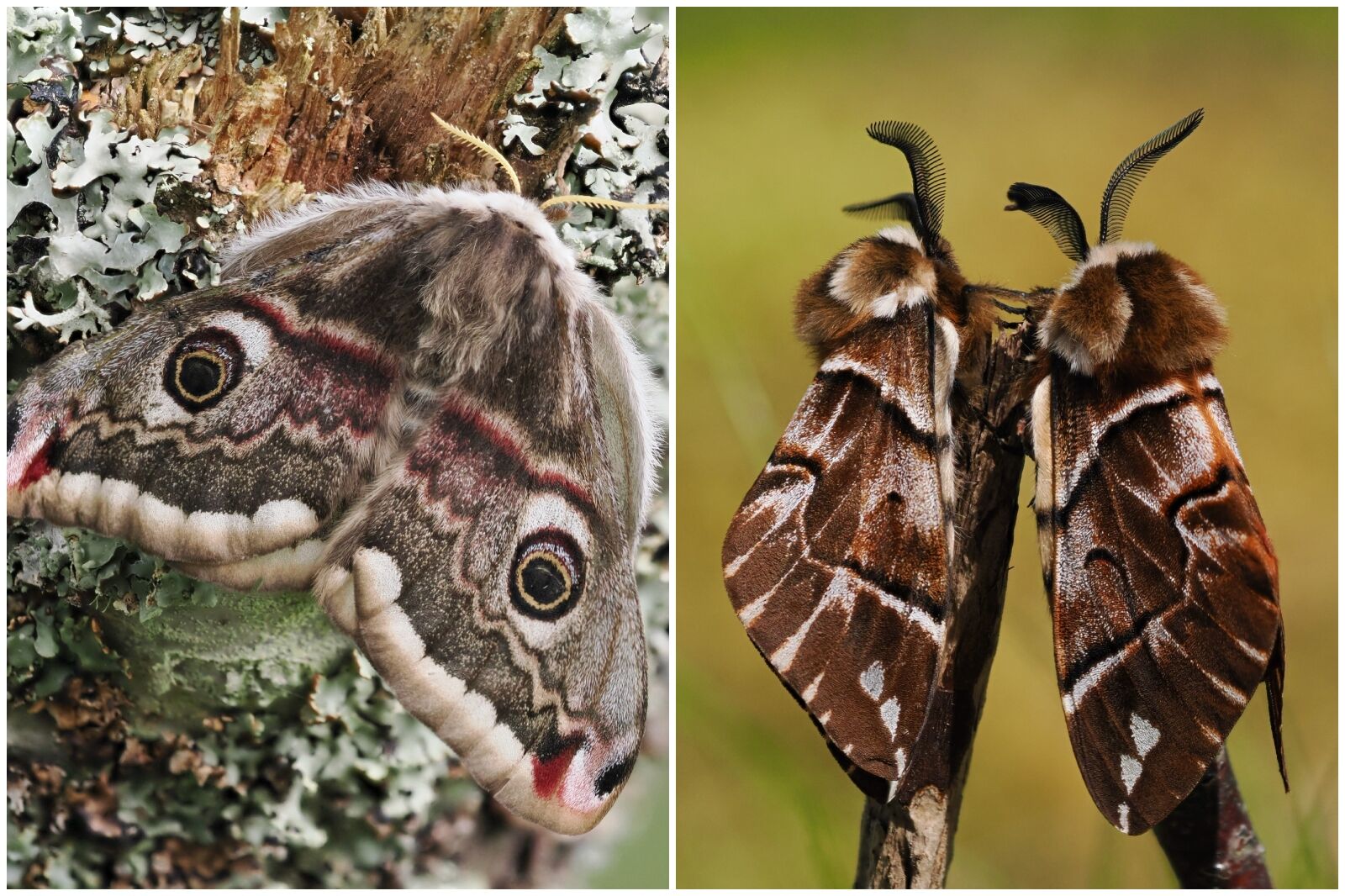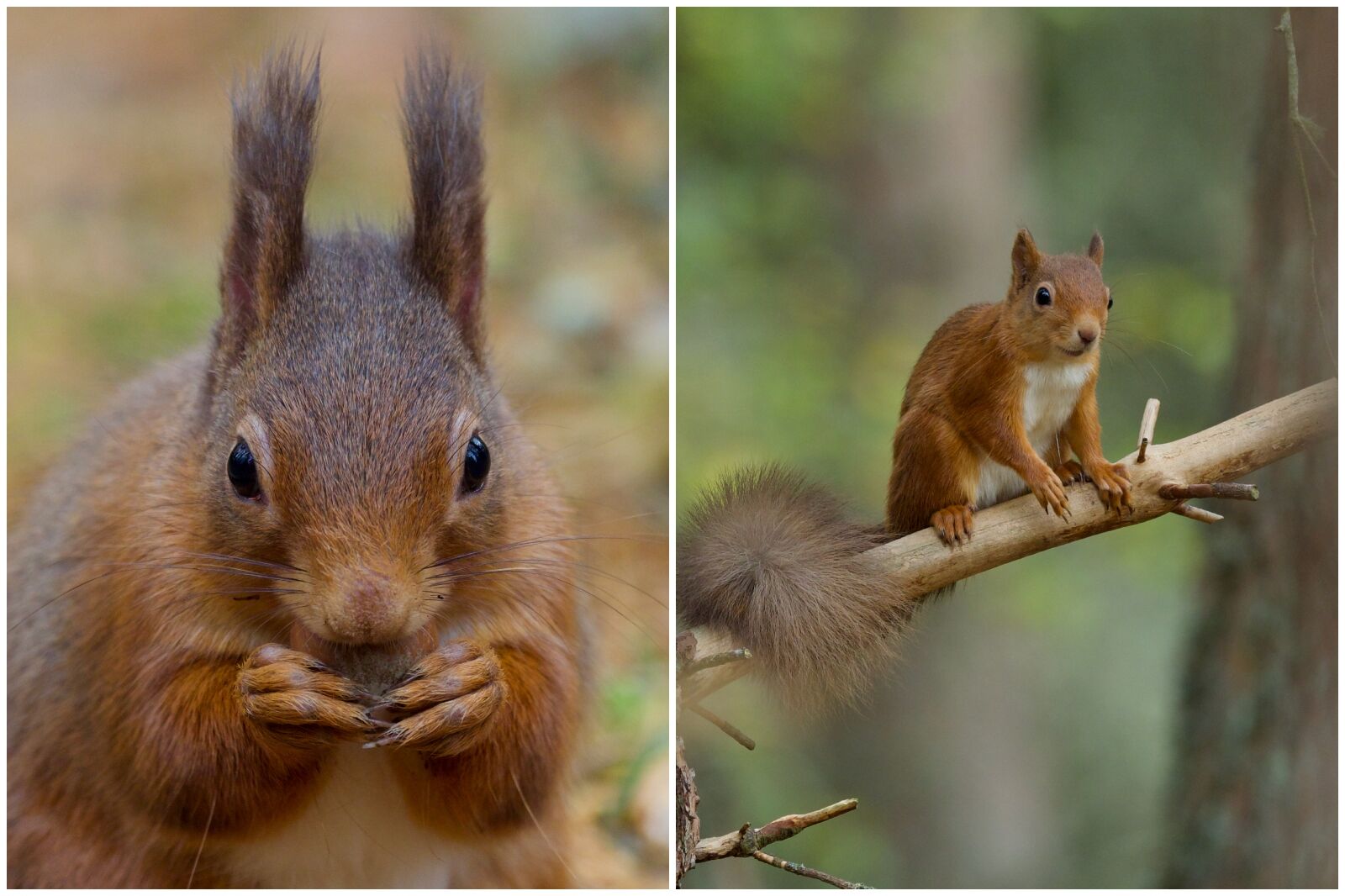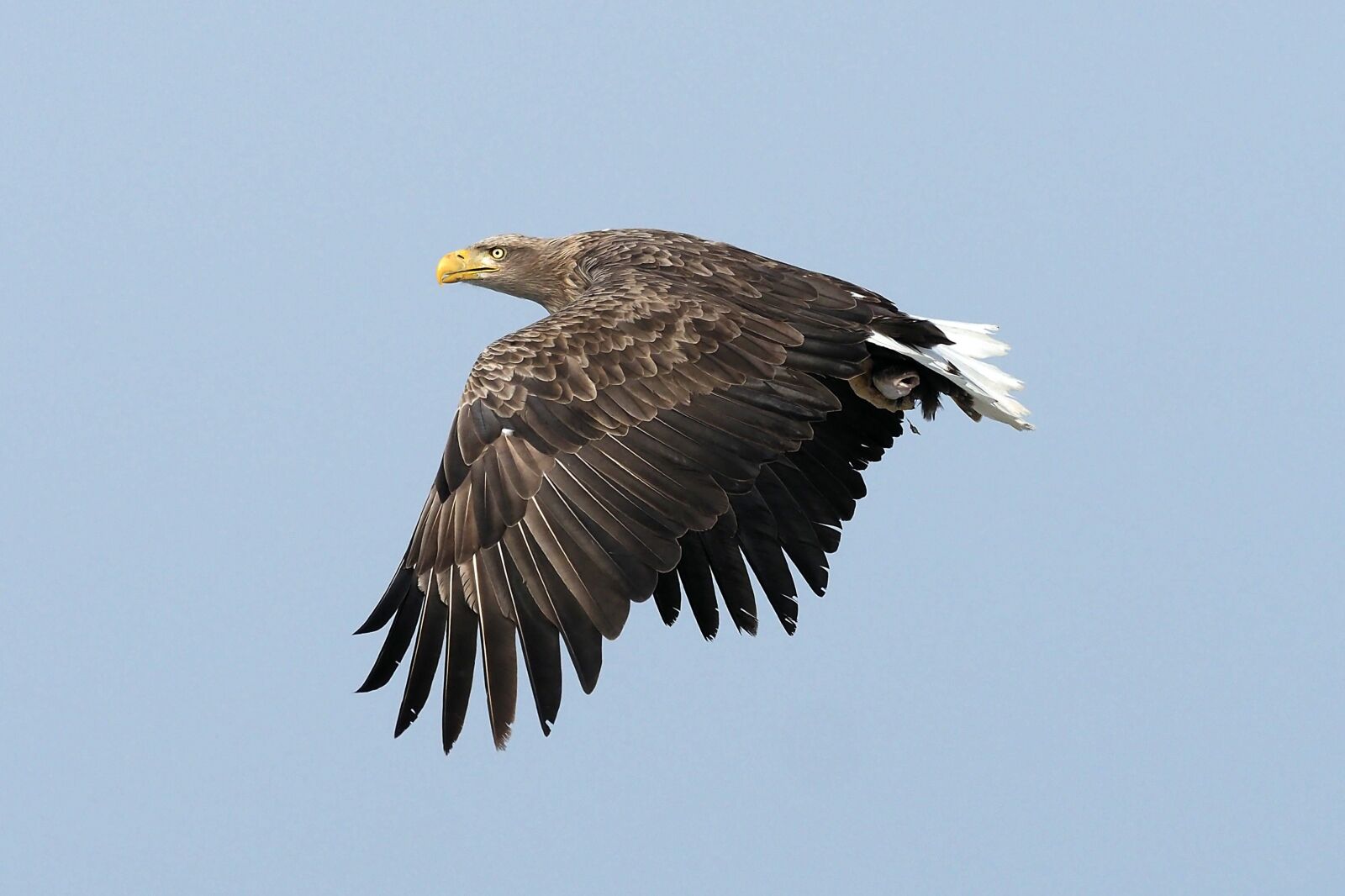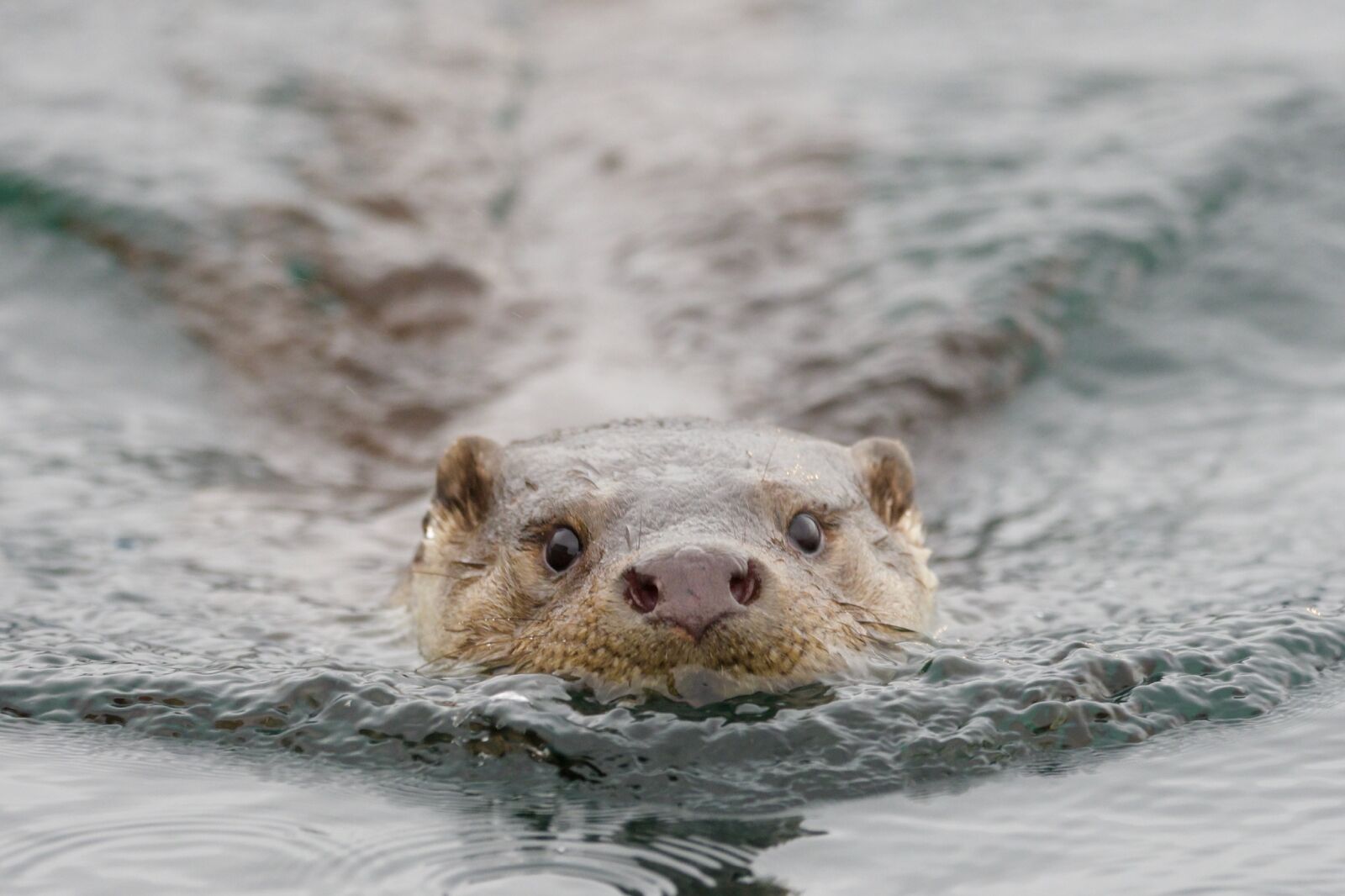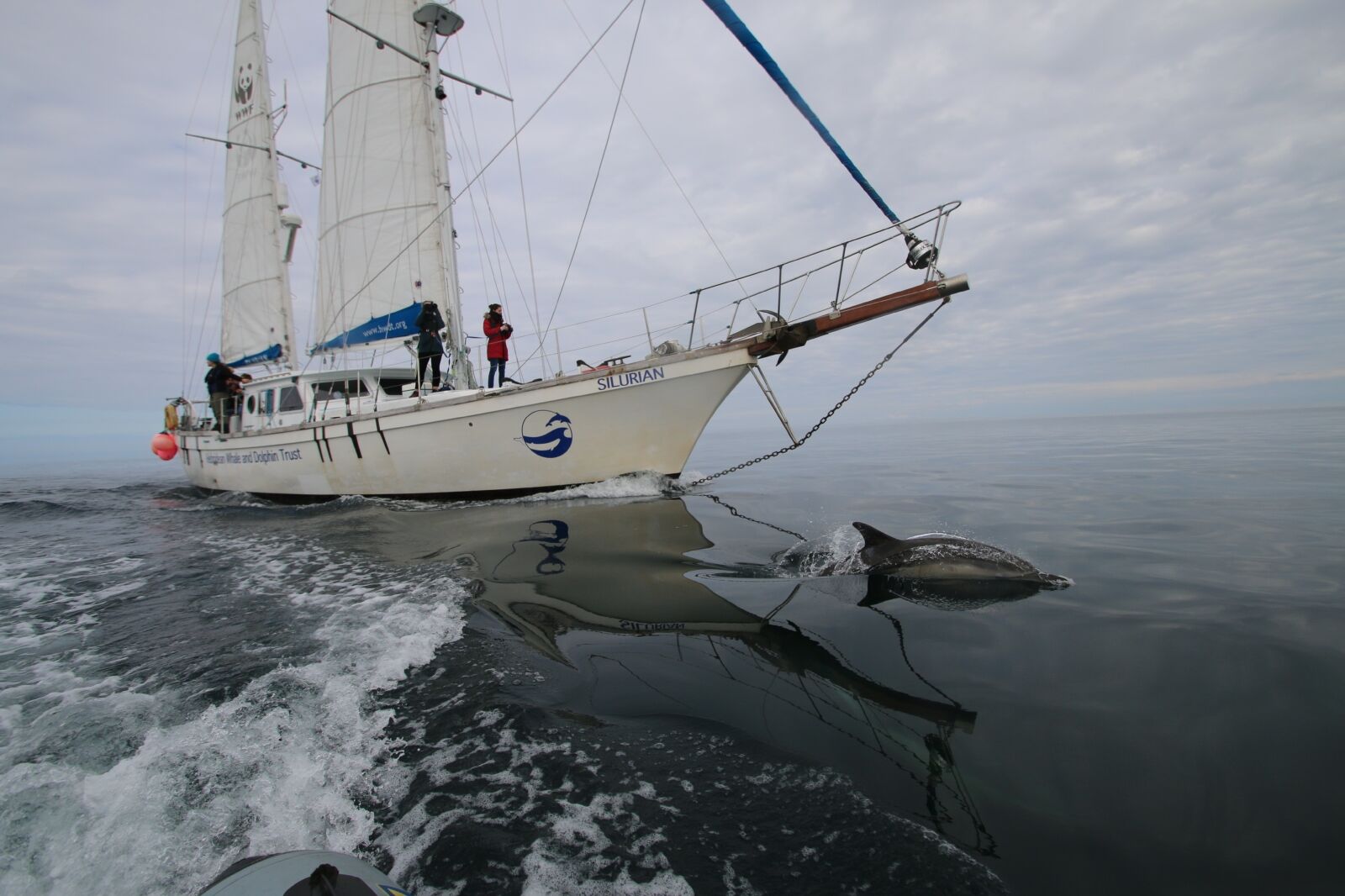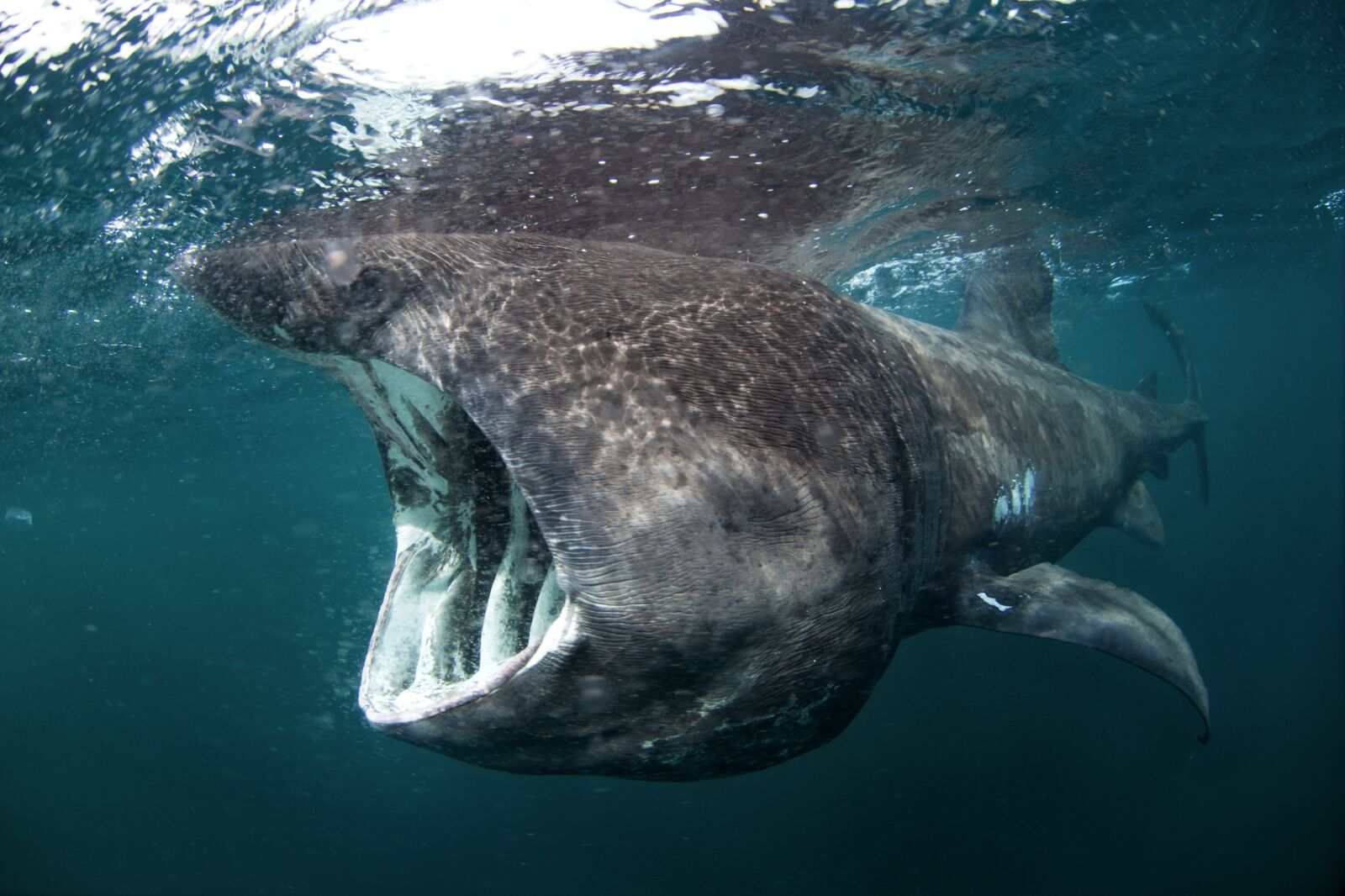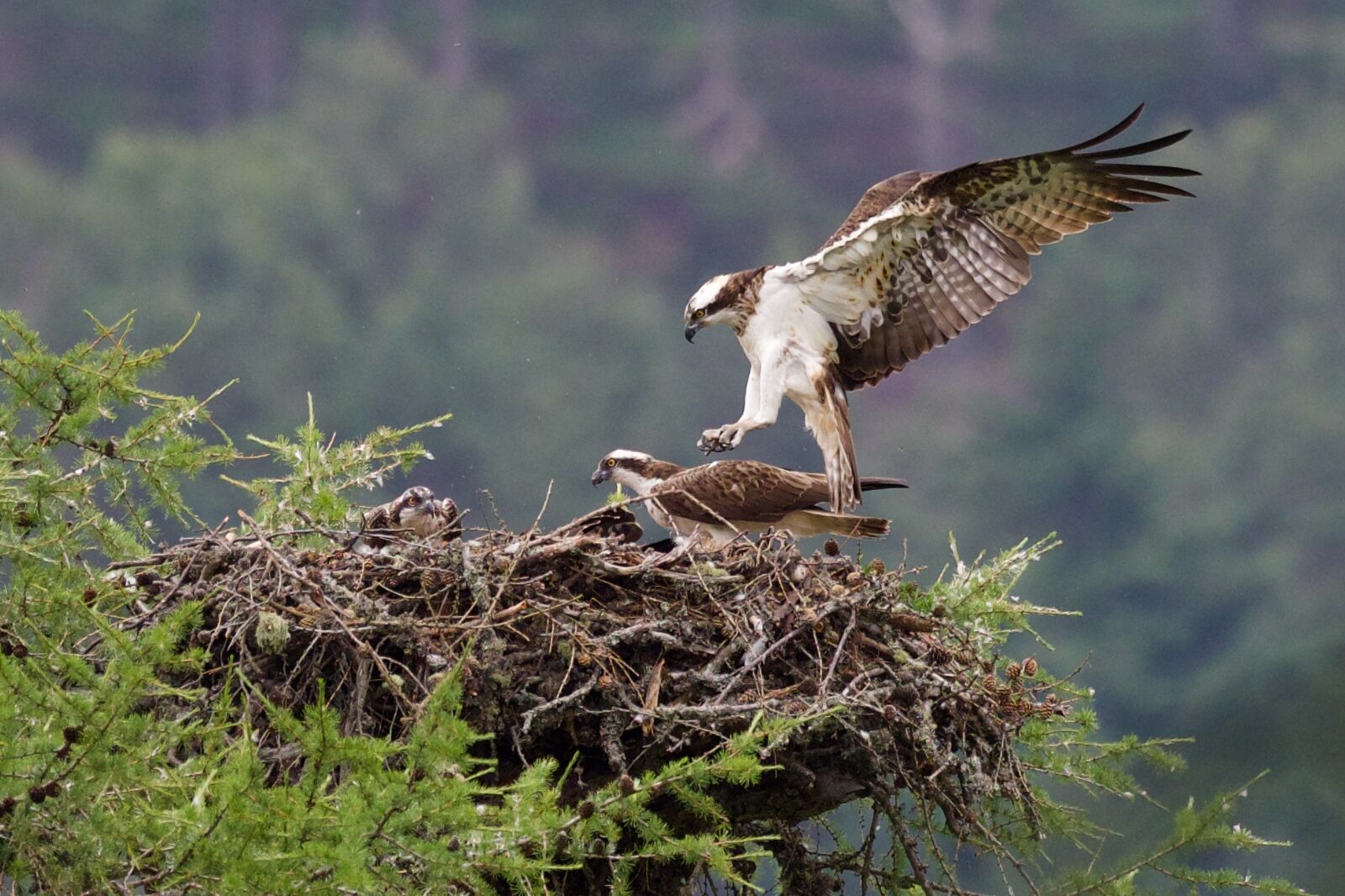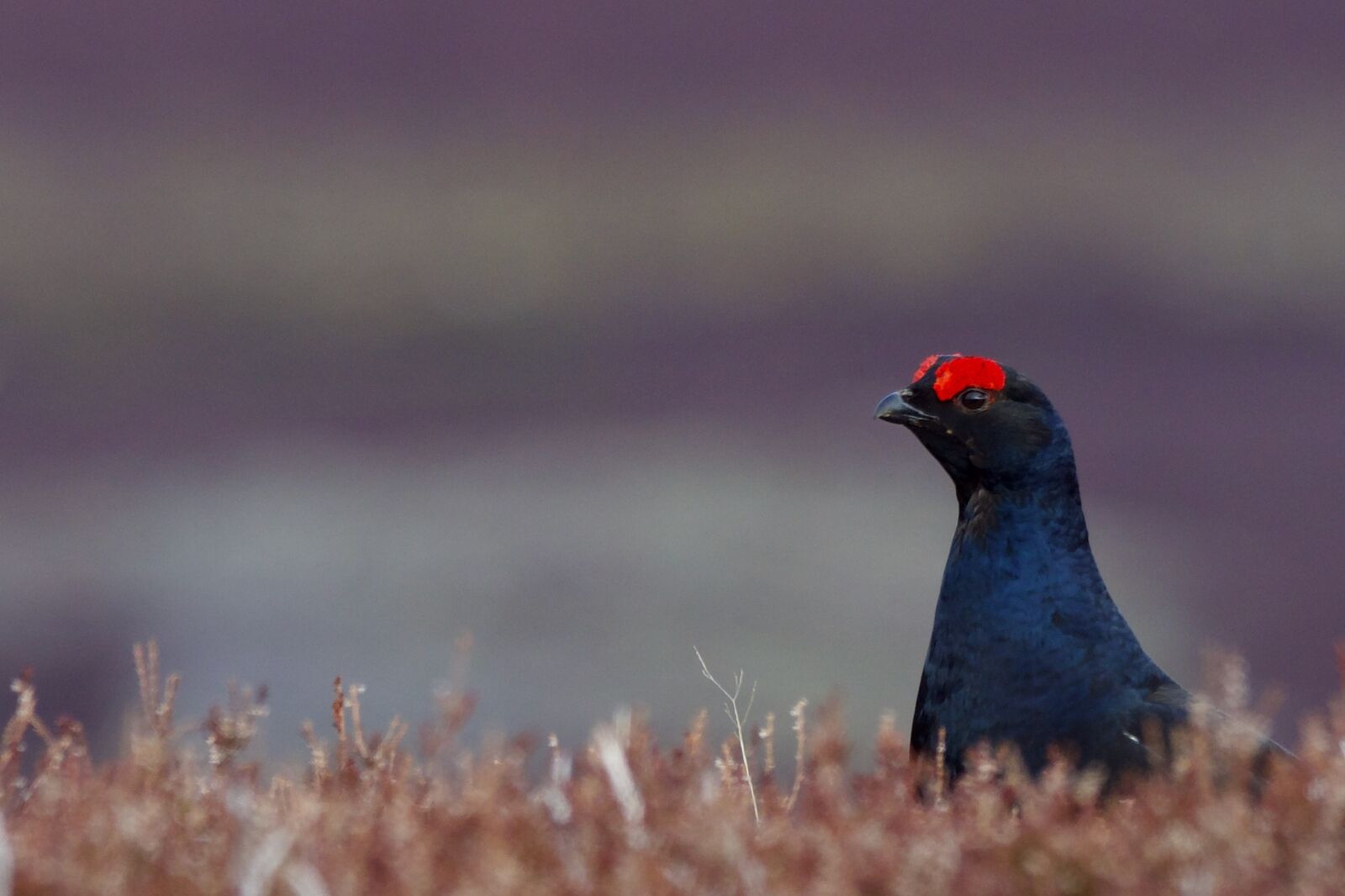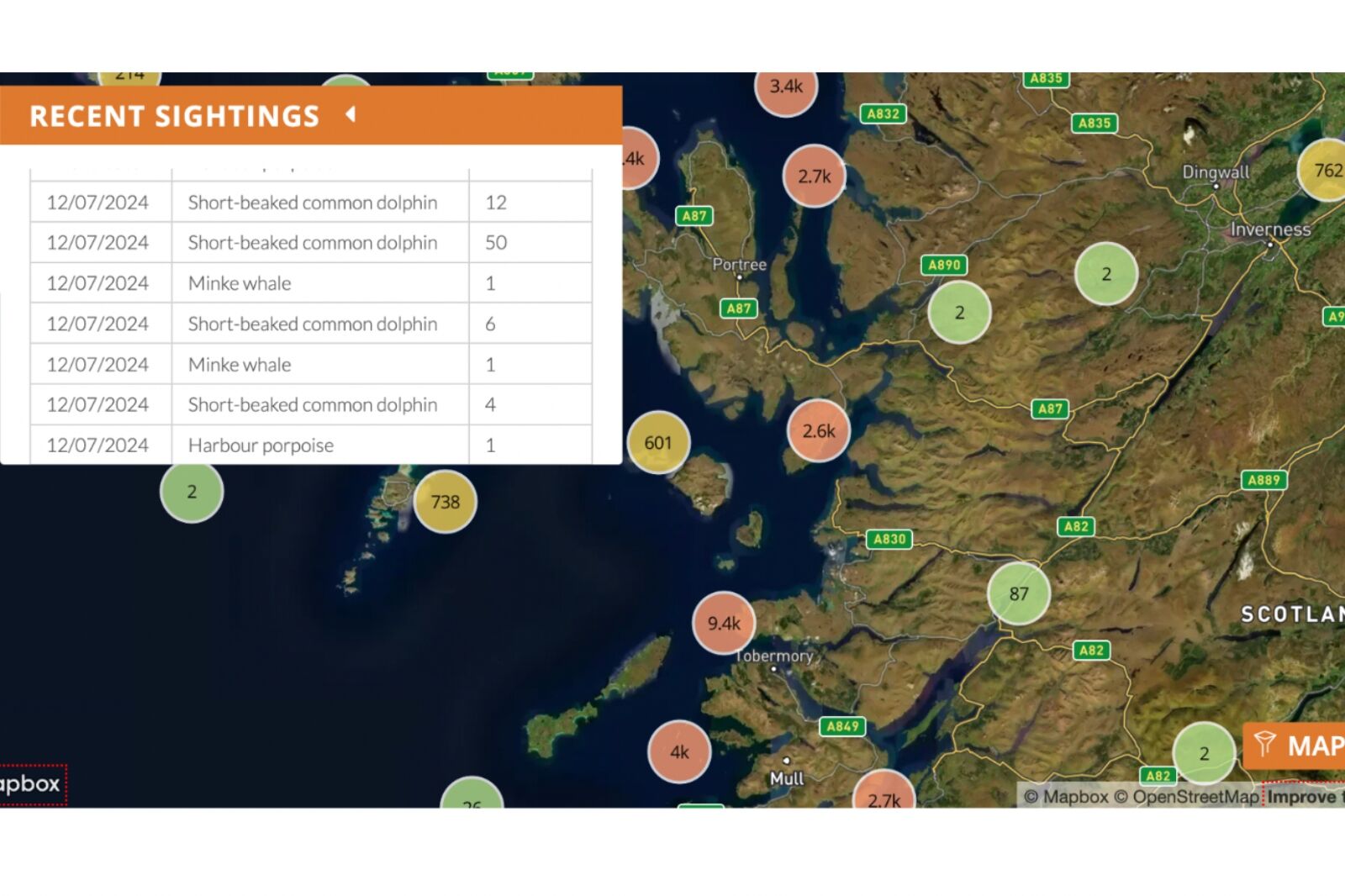The opening of the BBC’s Wild Isles series about the British Isles starts with deep authority.
“In my long life, I’ve been lucky enough to travel to almost every part of the globe and gaze upon some of its most beautiful and dramatic sights,” narrator Sir David Attenborough says. “But I can assure you that nature in these islands, if you know where to look, can be just as dramatic and spectacular as anything I’ve seen elsewhere.”
